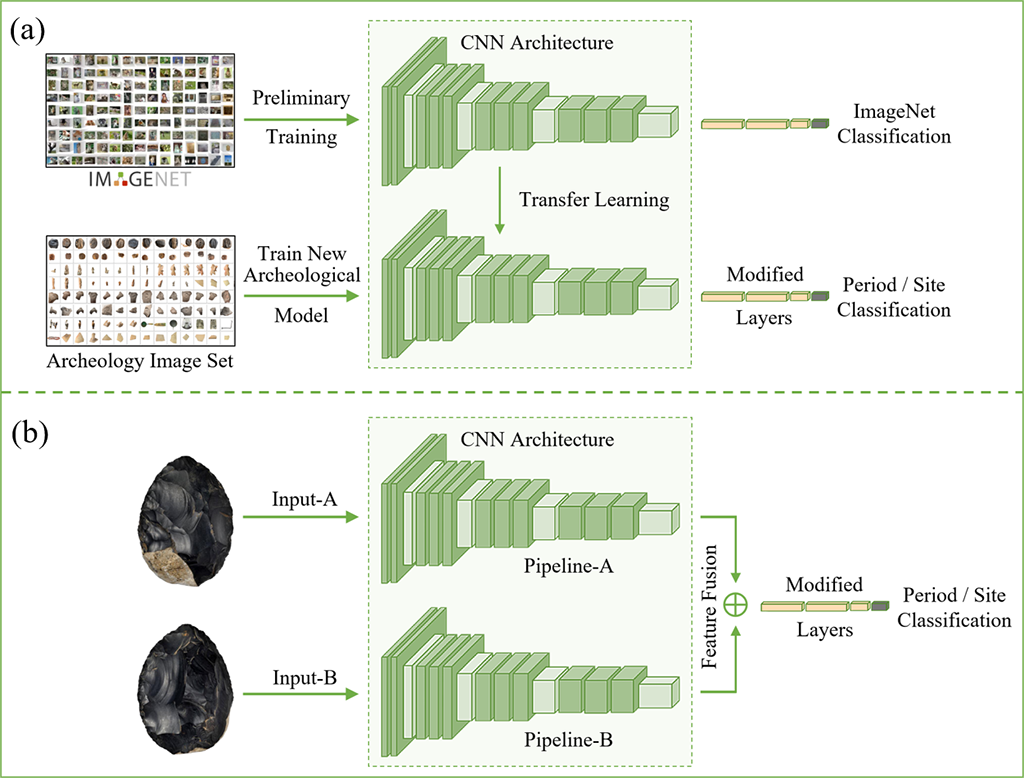Numerical simulation of an astrophysical Jet with a Mach number of about 2000. We solve the compressible Euler equations of gas dynamics with a FCT-type subcell limiting approach combining a (forth-order accurate) discontinuous Galerkin (DG) method with a first-order accurate finite volume (FV) method at the node level to impose positivity of density and pressure. Additionally, a new mortar approach also ensures positivity of density and pressure.
At end time T=0.0015, we have 79,708 elements which result in 1,275,328 degrees of freedom. We use the entropy-conserving and kinetic energy preserving flux of Chandrashekar for the volume fluxes and the local Lax-Friedrichs flux for the surface fluxes of the DG and FV methods.
The results were obtained using Trixi.jl.
Reference:
[1] A. M. Rueda-Ramírez, B. Bolm, D. Kuzmin, G. J. Gassner: Monolithic Convex Limiting for Legendre-Gauss-Lobatto Discontinuous Galerkin Spectral Element Methods, https://link.springer.com/article/10.1007/s42967-023-00321-6



